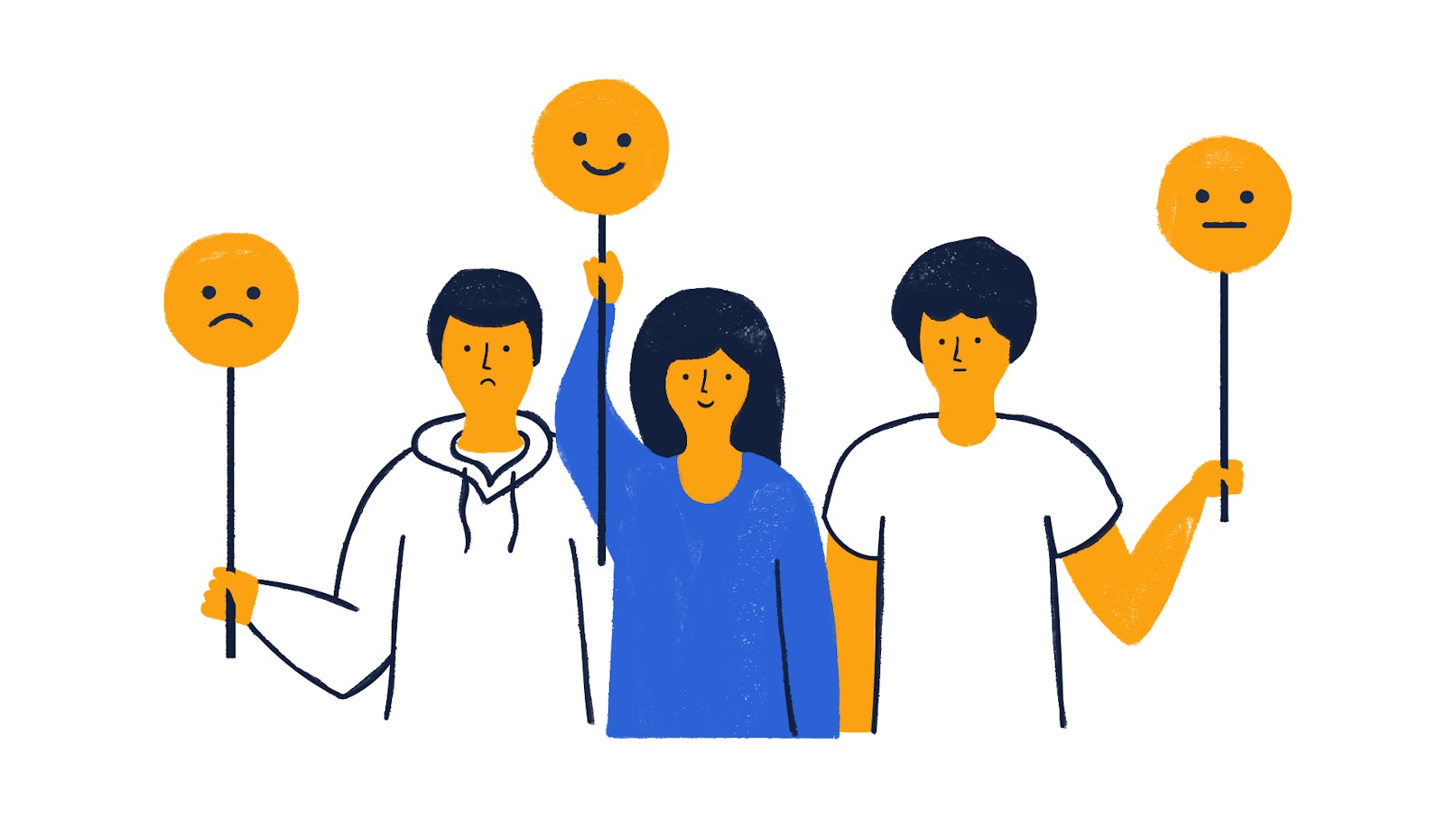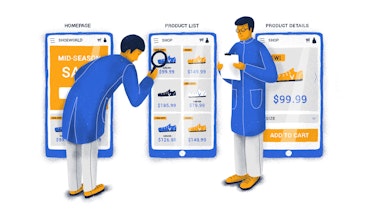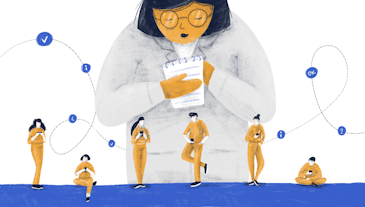Find out how you can improve your customer experience and position your brand highly in customers’ minds. Let’s get back to basics.
With the digital era in full throttle, markets are more competitive now than ever. And while creative marketing copy and eye-catching packaging may have sufficed in the past, customers today expect much more.
They want to be pampered by brands in every way imaginable. In fact, customers don’t just want a great experience in person, they expect this service to extend to their online interactions as well. Namely, they want to receive a flawless digital customer experience in addition to the traditional concept of good customer service.
So, if you haven’t already been paying attention to your CX and all that it encompasses, then it’s high time you started.
Last updated: September 10, 2019
Download the Customer Experience Strategy Template
What Is Customer Experience?
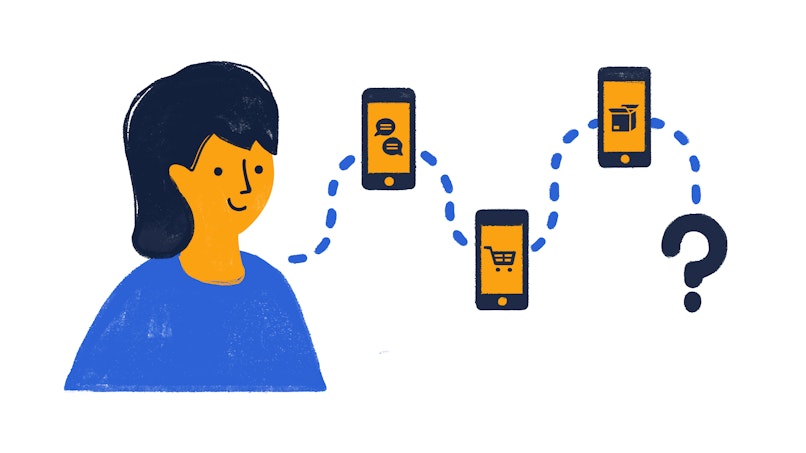
Customer experience is the overall impression of the quality of the interactions between a customer and a company. It’s about how customers feel after interacting with a company’s products, employees, channels, and systems.
An interaction can be anything from a customer making an enquiry or complaint, a customer browsing through a website or social media page, or a customer signing up for a free trial or buying a product. Customer interactions happen at every stage of the buyer journey: awareness, consideration, acquisition, and loyalty.
Why Is Customer Experience Important?

CX is the deciding factor as to whether a customer will continue or recommend an interaction. As a result, a positive customer experience brings about an increase in sales, drives customer engagement, and propagates brand loyalty.
However, although most businesses are aware of the importance of providing a good customer experience, many struggle to find the plan of action that will help them achieve their greater goals.
This is because the customer experience is far from black and white. Throwing a digital product into the mix adds a new level of complexity that requires businesses to take a further step back and reevaluate their customer experience strategy.
Specifically, while customer experience focuses on the quality of interactions as a whole, a digital CX focuses on the quality of interactions that happen on digital interfaces: phones, tablets, and computers. And thanks to the rapid rise of digital channels, touchpoints, and tools, companies are now dealing with “digital” customers whose behaviors are determined by the quality of their online interactions.
“If you make customers unhappy in the physical world, they might each tell six friends. If you make customers unhappy on the internet, they can each tell 6,000 friends.”
— Jeff Bezos
So, if CX also concerns itself with digital interfaces, then where does that leave user experience? This raises another question:
What’s the Difference Between Customer Experience and User Experience?
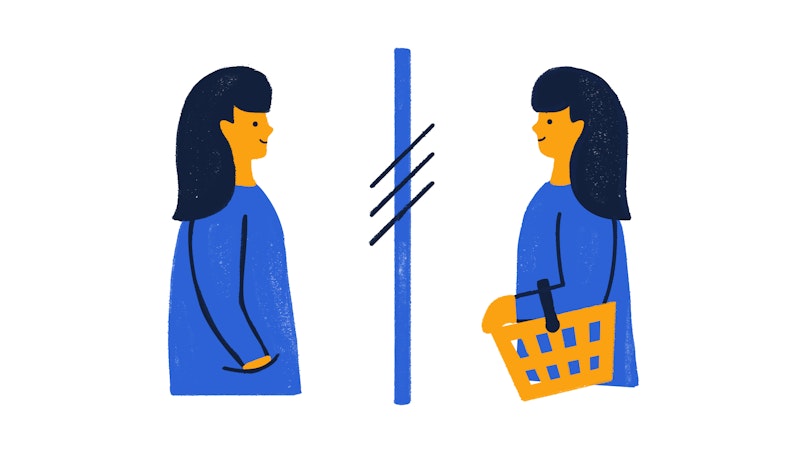
Have you ever made the assumption that CX and user experience are one and the same? If so, you’re not the only one. However, if you look a bit closer, you will see that they are quite different.
A customer experience (CX) is the sum of all interactions that a customer has with a brand. It focuses on different aspects of the brand, such as customer service, sales processes, brand consistency, pricing, and product delivery. CX is measured with metrics like:
Net Promoter Score (NPS)
Customer Satisfaction (CSAT)
Customer Effort Score (CES)
Churn rate
Retention rate
Customer Lifetime Value (CLV)
A user experience (UX) is the user’s interaction with a specific digital product, such as a website, app, or software. It looks at the design of a digital interface in terms of usability, navigation, information architecture, predictability, and visual hierarchy. User experience is measured with metrics like:
Success rate
Abandonment rate
Error rate
Completion time
Clicks to completion
Basically, customer experience has a greater scope, while user experience is more product-specific. Nevertheless, both are pivotal to product success.
How Can You Improve Your Customer Experience Strategy?
1. Get to Know Your Customers

To create the best customer experience, you need to first get to know your customers inside and out. Find out who they are, what motivates them, and what their pain points are.
“You can’t transform something you don’t understand. If you don’t know and understand what the current state of the customer experience is, how can you possibly design the desired future state?”
— Annette Franz
Once you collect enough information, you can construct buyer personas. These should include background information, demographics, identifiers, goals, challenges, and solutions.
2. Create a CX Vision
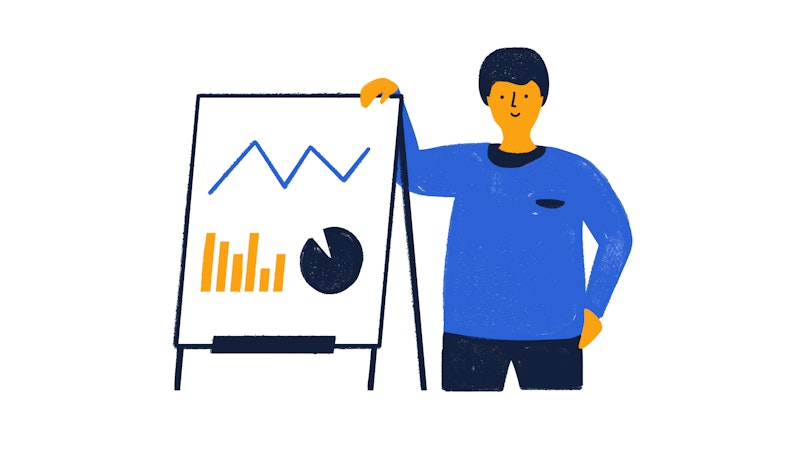
The next step is to create a CX vision that you will later communicate within your organization. This should represent everything you want your customers to feel and experience when interacting with your product.
For instance, do you want customers to use your product intuitively, reach out to you effortlessly for support, and feel a sense of loyalty every time they interact with your brand?
If yes, then make sure these CX goals are made clear to everyone working alongside you. Establishing a clear vision will make it much easier to provide an exceptional customer experience that aligns with your core business objectives.
3. Map the Customer Journey
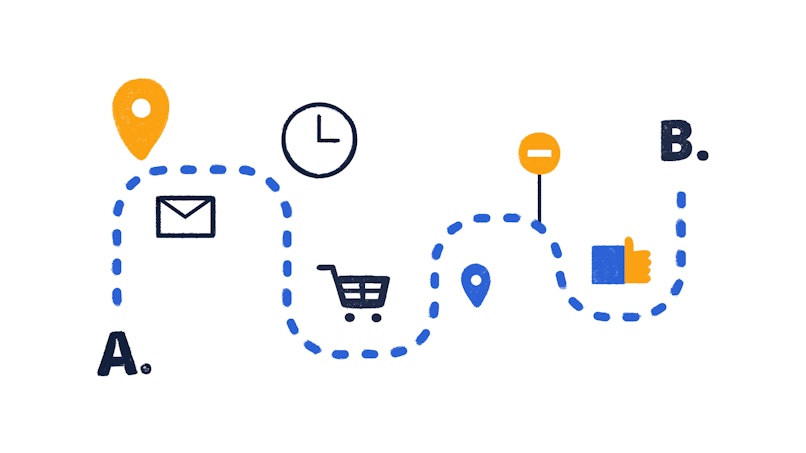
To provide a seamless CX, you need to be able to think like your customers. The best way to get inside your customers’ heads is with a customer journey map.
A customer journey map is a visual representation of the end-to-end process that customers take to complete a goal. The purpose of this map is to show all the touchpoints that customers come into contact with when interacting with a product. And most importantly, it records all the steps they take to get from point A to point B.
Use a customer journey map to collect as many actionable insights from your customers as you can. Find out which touchpoints, interactions, or engagements have the greatest positive and negative influence on your customers. Pinpointing the exact stages of the customer journey that are critical to the CX will help you optimize your customer experience strategy.
4. Design a Good UX
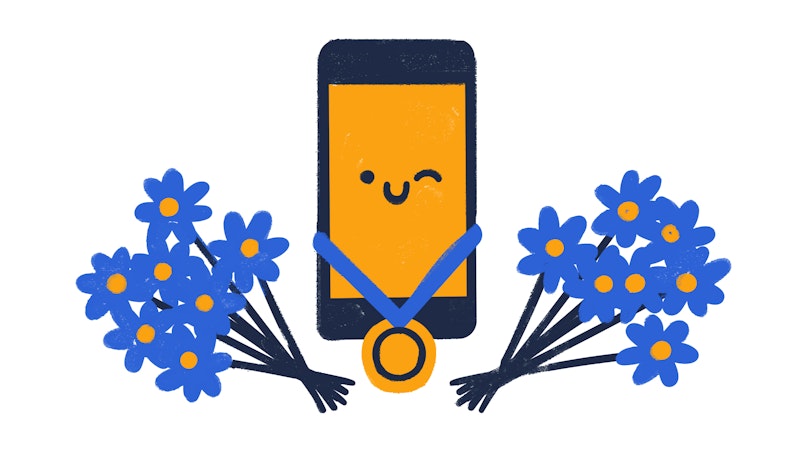
User experience is a large part of the customer experience. And with many customer touchpoints being online, you want to make sure your UX design is in check. Trust that no one will appreciate the slow load time, poor functionalities, or lack of consistency across devices.
For a great user experience online, you want to focus on:
Consistency. Ensure that customers will have the same experience across devices.
Simplicity. Remove any unnecessary steps in the customer journey.
Flow. Allow customers to smoothly navigate their way across touchpoints.
User control. Give users the ability to use the product independently and efficiently.
Accessibility. Make your product easily accessible to as many customers as possible.
Delivering a great customer experience is crucial to brand sustenance and growth. It’s a huge business opportunity that promises to bring in more customers, more sales, and more customer satisfaction.
Start working on a better customer experience strategy today. Seize this opportunity to build a brand that customers can trust and invest in.
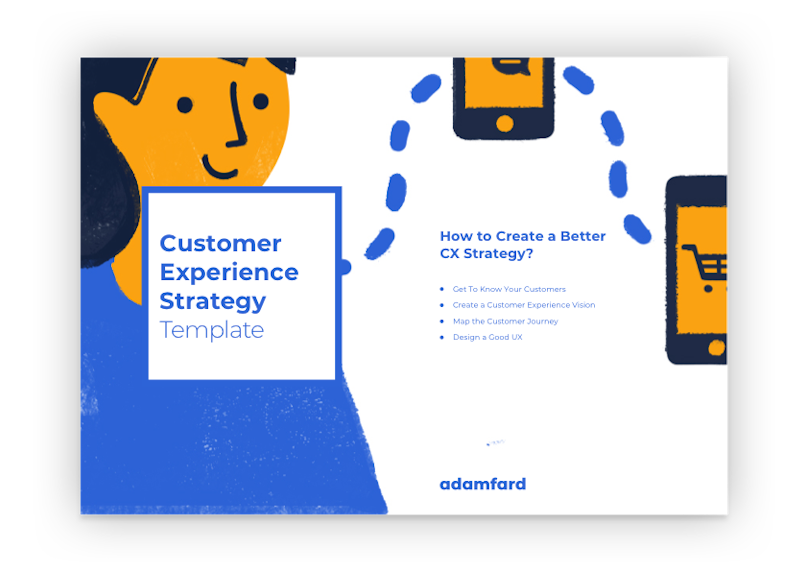
Ready to create a better customer experience strategy?
You don’t have to do it alone. Download this customer experience strategy template to help you get started:
Download CX TemplateFurther Readings

